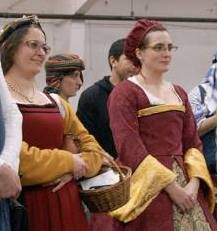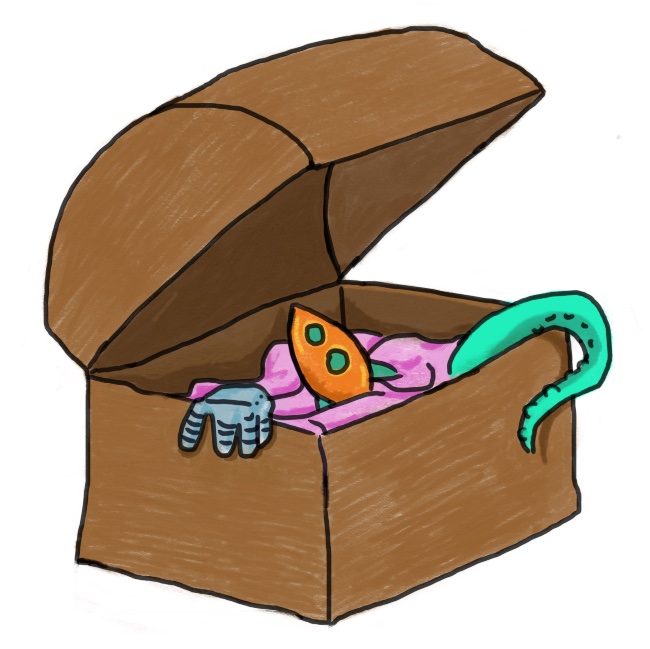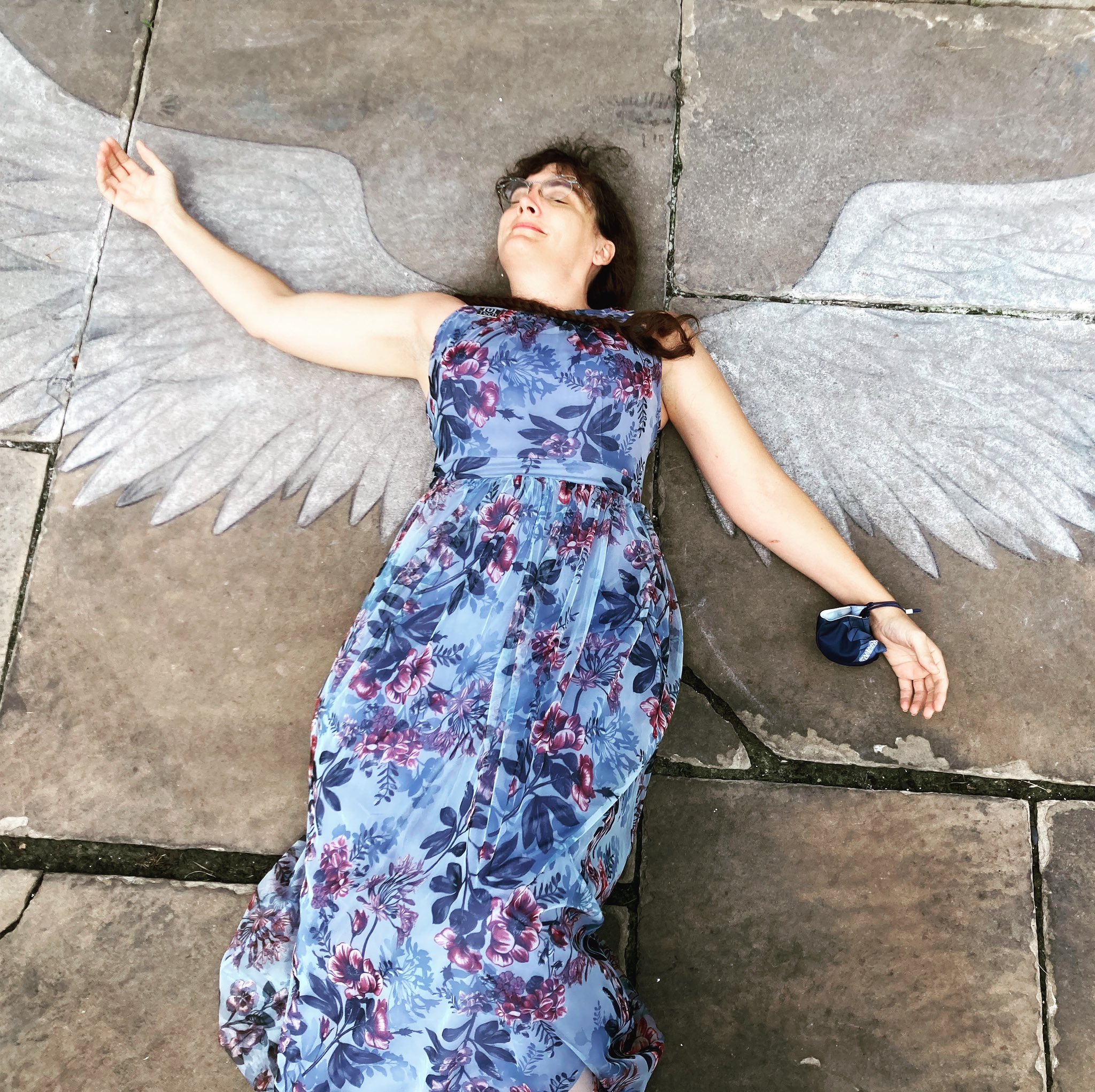When I was packing for the Clarion Writing Workshop in 2013, I picked a book to bring. I knew that, even with as busy I would be, I’d want a nice long one to last the six weeks, so I chose The Heptaméron of Marguerite of Navarre which I had in a fat Penguin Classics edition, almost as thick as it was wide, a real paper brick.
Throughout the six weeks, as I was writing and reading and critiquing science fiction, horror, and fantasy, I was also escaping mentally now and then to explore this series of 72 short tales in early 1500s France, and the framing story of the queen and her court discussing them. I was particularly struck with a scene where the queen and her husband discuss the “battle of the sexes” and, well… daaang the king straight up says it’s a compliment when a man rapes a woman.
Yick.
Well, anyway, fast forward to week 3 (of 6) of the Clarion Workshop. Robert Crais was our instructor. I had turned in the story that would become “Keep Talking,” one of my early successes.
In our one-on-one, he said, “There’s nothing but surface here. You have not opened a vein. Nothing you are conflicted about or fear about yourself.”
He probably said nice things, too, but I didn’t write them down. “What I want, for your next story, is for you to write what scares you.”
So, in my journal, I wrote:
Things I hate or fear:
- Stupidly Hard SF
- Tree-of-life-blah-di-blah life
- Mom
(I honestly have no idea what I meant by “tree of life” – maybe formless art?) I check-boxed “Stupidly Hard SF” and there’s a whole page of science ideas – superconductors, gravitomagnetic fields, cognitive psychology, geology, “nanotech sports socks.”
What I started writing was “Michael Doesn’t Hate His Mother,” because yeah, nothing scared me like thinking about my early childhood, but I was still making notes every day about “science ideas.”
Next up was week 4, Cory Doctorow was our instructor, the first instructor who was an author I actively fangirled before Clarion, and I was a ball of nerves for our one-on-one. He had read all of my stories – my submission stories as well as the three I’d already written for Clarion, and for his week I’d written “Volatile Memory,” a more action focused story. Cory repeated Bob’s advice, “Write something that makes you uncomfortable.”
“Want to make it SF,” I wrote. “I need to write a hard science story. What’s a good, hard science? Well, chemistry.” So I started reading about chemistry. I googled for “cool new chemistry findings” and wrote lots of notes about what makes chemistry chemistry… nothing sparked a story.
Week five started – Kelly Link and Karen Joy Fowler. Karen was the second instructor I was already actively a fan of, but she was much, much less intimidating than Cory. She’s one of those people who can put you to ease the moment you meet her.
Karen and Kelly put the focus more on character.
I had a thought, not sure what put this into my book, “There’s a tragedy in the person who wants to be a pretty object. The power of beauty is necessarily a dependent power.”
Then I drew an arrow toward that sentence with “The Heptaméron”.
“Huh,” I thought, looking at my notes on the development of Chemistry, “This point in time when they were discovering various acids… it was the time period of The Heptaméron.”
New check-box “Look up scientific advances of 16th c. spe. chemestry.” (I think “spe” is short for “specifically” but I’m not sure.)
I started with that quote of King Henry’s I abhorred: “Taking a woman by force is the highest honor he can pay her. Whenever you hear of some woman being taken by force, you know she has refused the man all other means of obtaining her. It proves her virtue without depriving her of pleasure.” In the first draft, I gave it as a line of dialog to the bad guy.
Lo, I started writing a story about a handmaiden alchemist in 1520s France discovering acids that had not been discovered quite yet and suffering the assumption that her beauty was a power she could wield. It was my sixth story for the sixth week of the Clarion Workshop.

I did a LOT of research, so it was solidly science-based… but was it science fiction?
No, said my cohort, it wasn’t. “Add a real speculative science,” I wrote, “…ooo she wants to invent an impotence potion! and “Add a nice man? The chaplain?”
“Should I footnote the chemistry?” The checkboxes next to this labeled Y and N has the N checked.
I thought it was pretty good, but I did worry it wasn’t speculative enough.
Well, I polished the story up and I tried it at historical, literary and general fiction markets, and when it didn’t sell there I tried it at fantasy markets hoping they’d maybe think, I dunno, there were fantastical elements if you squinted? There was a call for stories about women in science, and I sent it there and it didn’t get accepted. Then one about women as mentors – and I revised to make the Baronness’ character more prominent… and it didn’t get accepted.
It racked up 39 rejections under its original title “In Praise of Natural Philosophy” so I re-named it “The Handmaiden Alchemist” – which had been my working title/ document title anyway – and sent it around another 17 times. It was spending more and more time sitting in the trunk waiting for a market to open that it hadn’t been at already.
“At this point,” I sighed to a friend, “I’m wondering if I shouldn’t put the chemistry footnotes in and send it to Analog.”
“DO IT!” she said.
So I did. I was irritated, not remembering my research from (eep) ten years ago. I knew I was missing some formulae, some reactions I’d worked out, but I footnoted what I could easily find. I also decided that maybe Etienne’s use of King Henry’s dialog was off-putting… and put it in the text AS the text from King Henry, so people would know I wasn’t just making up such a villainous thought. A little more proof-reading, and I sent it to Analog, thinking, “They’ll never take it, but I mean, it’s been everywhere else. It’s another rejection stat, at least?”
And lo! Analog said “This is fiction about science! Good enough for us!” It’s in the January Issue now, available at Barnes & Noble or Mac’s Backs or online.


